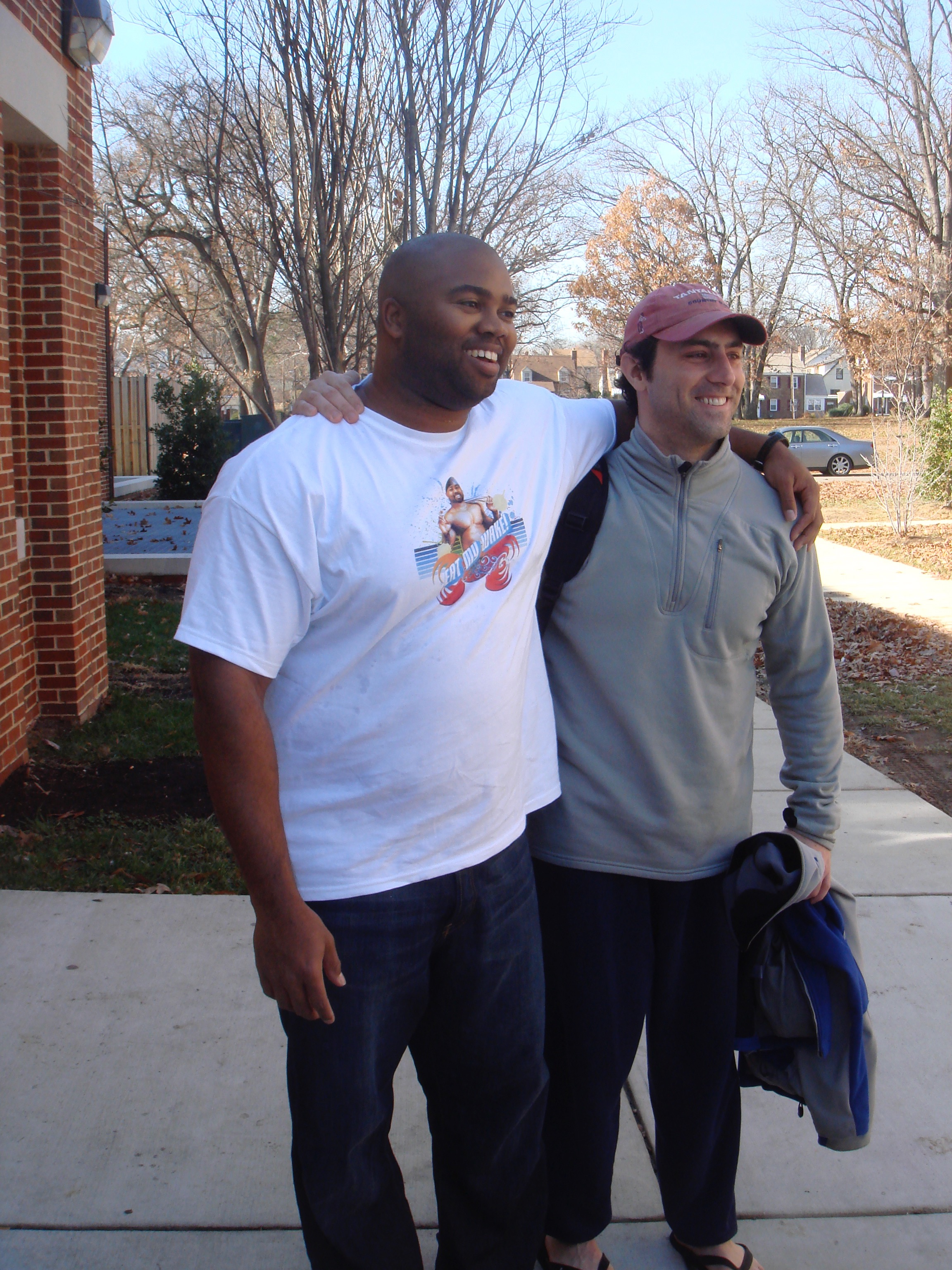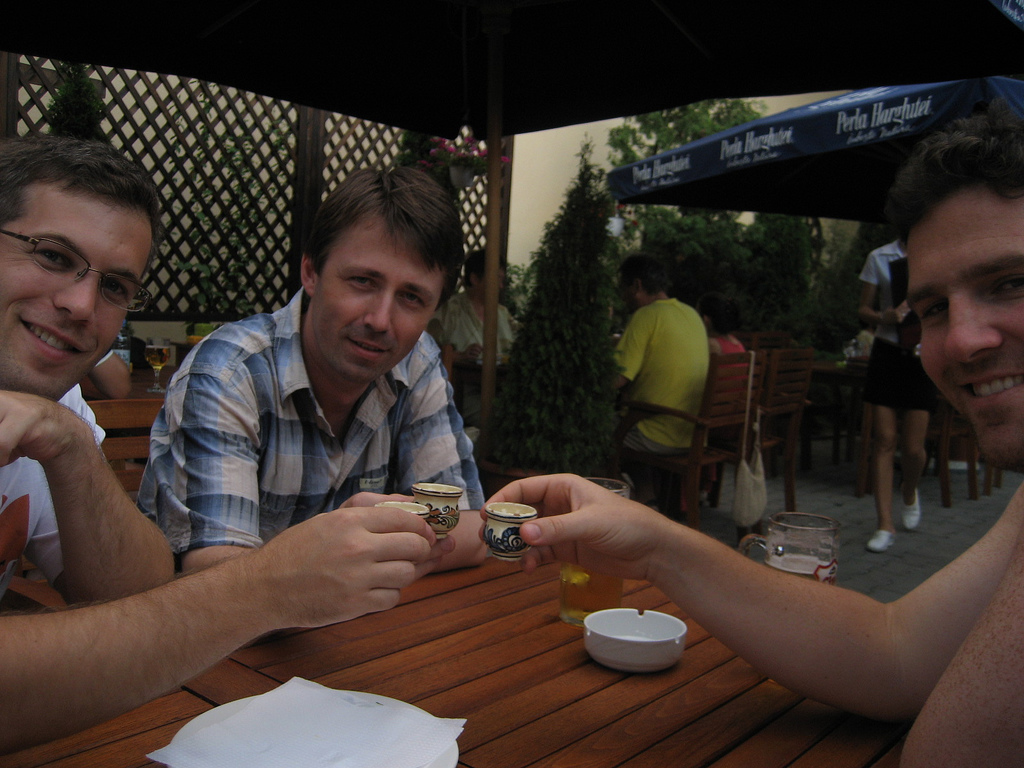It’s an interesting thing.
First, the timing on an acquisition is nuts. It takes forever. The process looked like this:
We first found Buzznet. We talk back and forth with Buzznet for months about price and process. Eventually we got an offer. That was a good offer but wasn’t a huge amount. We couldn’t accept until we talked to investors. The investors weren’t happy about it but we convinced them. Then 4 weeks of diligence. Then 3 weeks where Buzznet was squeezing us by not communicating with us at all. We thought the deal was dead. Then we ran out of money, so we got a bridge loan. Then the deal is back on. Before we close I move out to LA and start working there to show good faith. We close but put a good chunk of the money into escrow to protect Buzznet from lawsuits to Qloud. Then the deal closes on and money hits my account. From the day when they inquired to acquire us to the money in the account is almost 5 months.
The entire process was months. There’s not one specific time to celebrate. By the time it finishes, you’re more relieved than ecstatic.
In truth, there wasn’t much celebrating. A dinner with the investors was it. While it looks great on paper, the deal wasn’t that great for the team and Buzznet shut Qloud down anyway so it wasn’t good for the company.
Financially, it was good for me as it gave me a nestegg and compensated me for a few years of not making any money. I bought a condo in Santa Monica, but my life didn’t change.
However, it was an experience I’ll remember forever. The things that stick out in my mind were:
- The Qloud office in Silver Spring. It was bumping with music from Craig. The chatter from Delo and Noah was always hilarious. The swim competitions were amazing.
- Pedro and the Romanians figuring out with a Ukranian consultant how to scale Qloud so the plugin actually worked and could ingest millions of plays a day.
- Sleeping in Toby’s basement. Standing in his kitchen in Frederick and thinking through the early versions of Qloud
- The feeling of hitting the wall of no users and failure and pivoting
- The fundraising. Sitting in the car with Toby and blasting the Al Pacino “inches” speech. Also, the reality of getting only one offer and having to take what you can get.
- Facebook’s platform and the growth it enabled for us. You could do so much with them at the time. It was really the wild-west.
- The music. There was so music in my life at that time. We were discovering great tracks every day.






